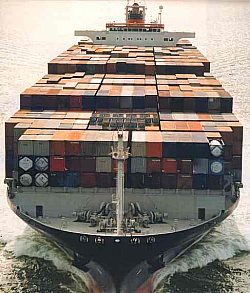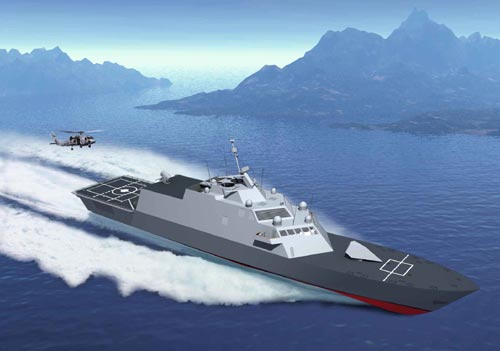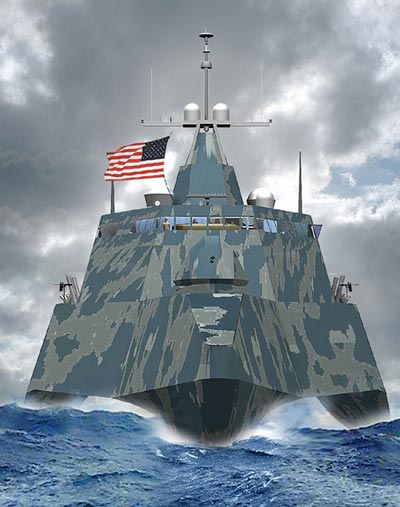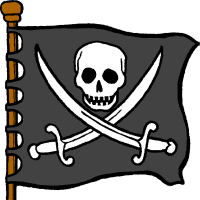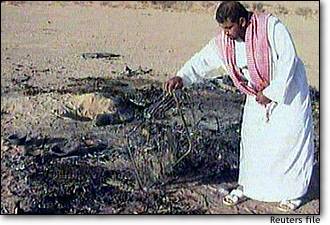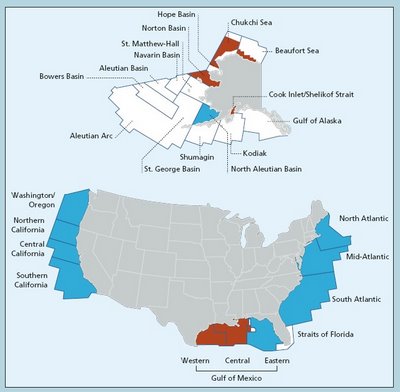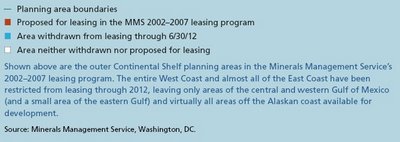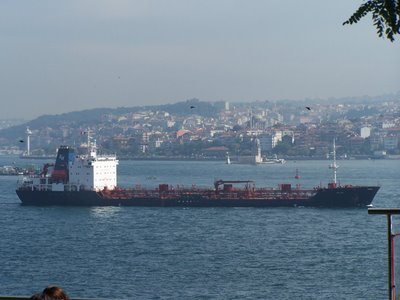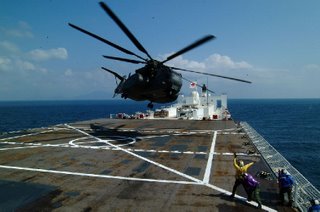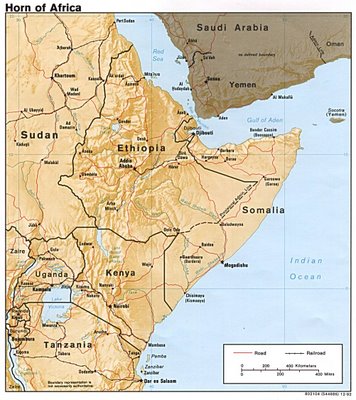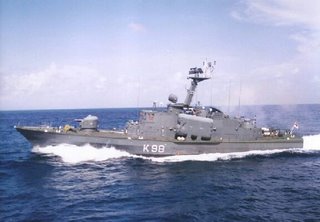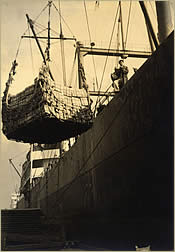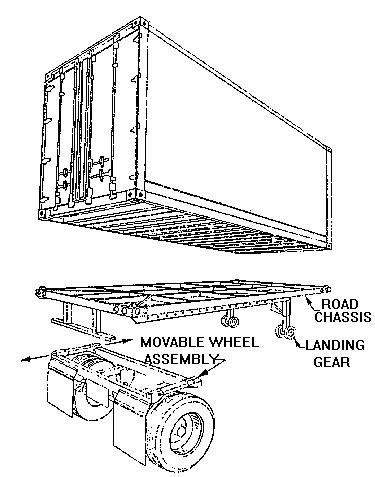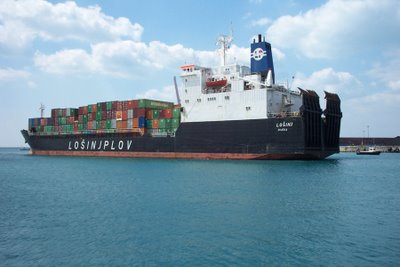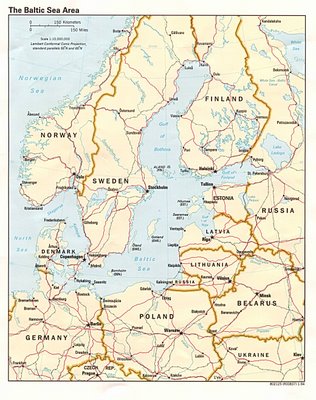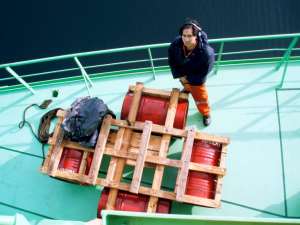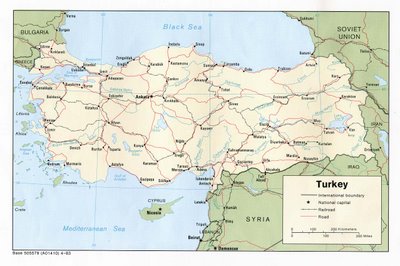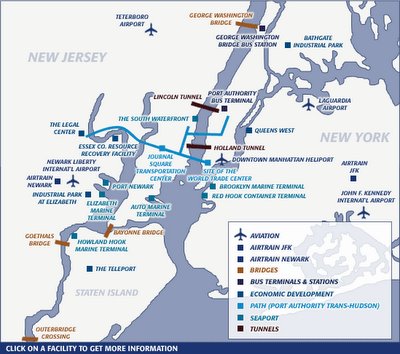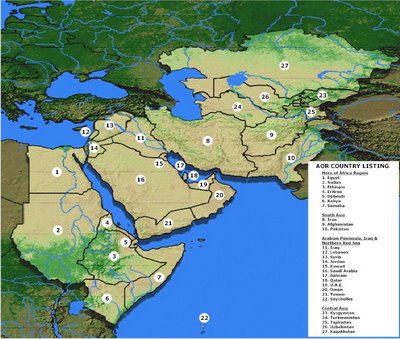
Interesting post on the Washingtonpost blog by William Arkin here:
The new focus on pirates fills a vacuum in and around the Somali coast, according to U.S. spokesmen and analysts. A number of high profile incidents have involved pirate attacks in Indian Ocean waters in the area.
Monday I wrote about how U.S. Central Command (CENTCOM), which controls the activities of the special operations headquarters, seems to be ignoring the epicenter of greatest danger: the "ungoverned spaces" of western Pakistan.
Is the new special operations maritime focus on the lawless water off Somalia just what the doctor ordered? Or is the counter-piracy campaign an opportunistic power grab by Navy SEALs to find something to do in the water?
Dr. J. Peter Pham of James Madison University has written about the growing phenomenon of piracy in the Indian Ocean and Somalia.
Last November, it will be remembered, pirates fired a rocket propelled grenade into the cruise ship Seabourn Spirit while operating off the Somali coast. On March 18, the cruiser USS Cape St. George and the destroyer USS Gonzalez also had a shoot out with a suspected pirate boat off Somalia, where the ships killed and captured local pirates.
The International Maritime Bureau, Pham says, calls the waters off Somalia "the most dangerous waters" in the world.
Though Pham laments the lack of attention by the Bush administration and Washington experts to the Africa mission, clearly there is also somewhat of an internal power struggle going on between U.S. Central Command and U.S. Special Operations Command (SOCOM) over who will fight the "war against terrorism" in the region.
Though the United States set up a Combined Joint Task Force Horn of Africa in 2002 to operate against terrorist groups in Ethiopia, Eritrea, Sudan, Somalia, Kenya and Yemen, since then the Task Force has been pushed out of counter-terrorism tasks.
Hat tip to NOSI. Link to the Pham article here. Turf war? Central Command also controls the HOA JTF, as I understand it, so it there's a fight, it would seem to be an internal one - probably driven by access to the "big boss" instead of reporting to a subordinate command...
Map is of CentCom AOR.

